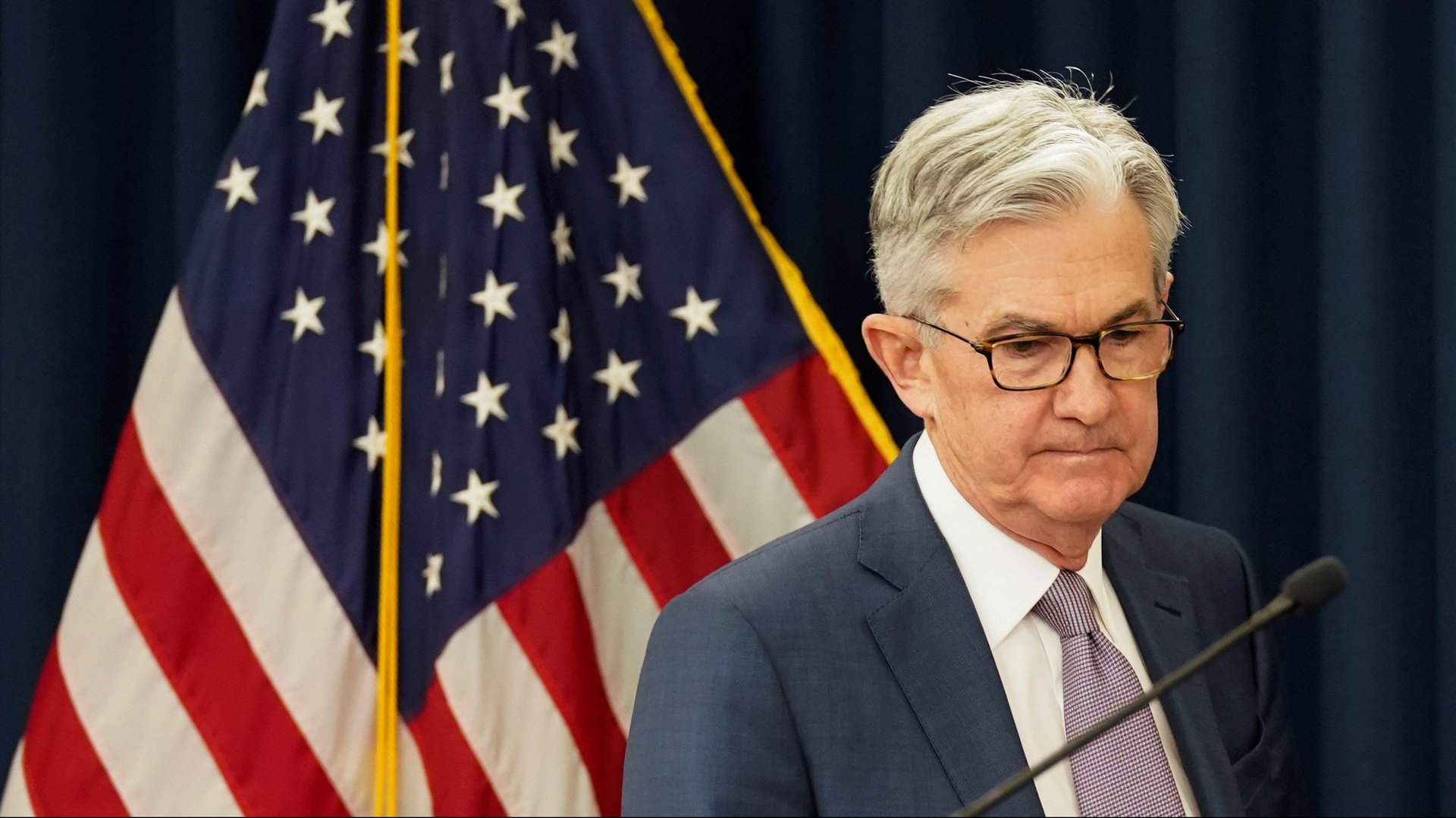Wall Street’s fear gauge is almost back to its 2008 level
A measure of volatility in the US stock market is closing in on heights last seen during the 2008 financial crisis, as worries grow that the new coronavirus’s spread will take a major bite out of global economic growth.


A measure of volatility in the US stock market is closing in on heights last seen during the 2008 financial crisis, as worries grow that the new coronavirus’s spread will take a major bite out of global economic growth.
On Monday, the Cboe Volatility Index, or VIX, also known as the “fear gauge,” jumped to 77.7, hovering around the highest levels since November 2008, according to FactSet and Cboe data. Government officials are looking to ramp up their fight against the spread of Covid-19, but in the meantime investors are selling anything that smells risky. Cboe’s index, which measures price swings, tracks the 30-day implied volatility of the S&P 500 based on out-of-the-money options prices.
Many kinds of businesses, from airlines to restaurants, are staring into an abyss as commerce comes to standstill. The US Federal Reserve yesterday announced its most aggressive measures to date, aiming to prevent a credit crunch by slashing interest rates and giving banks the green light to support clients even if it eats into their capital holdings. The Fed’s efforts could buy time and reduce defaults until other measures are activated to stem the crisis.
Even so, Fed chair Jerome Powell acknowledged that health authorities and government spending will be much more potent than the central bank for getting society through the crisis. Based on the market’s reaction—with the fear gauge rocketing and stock markets plunging—traders seem to agree.